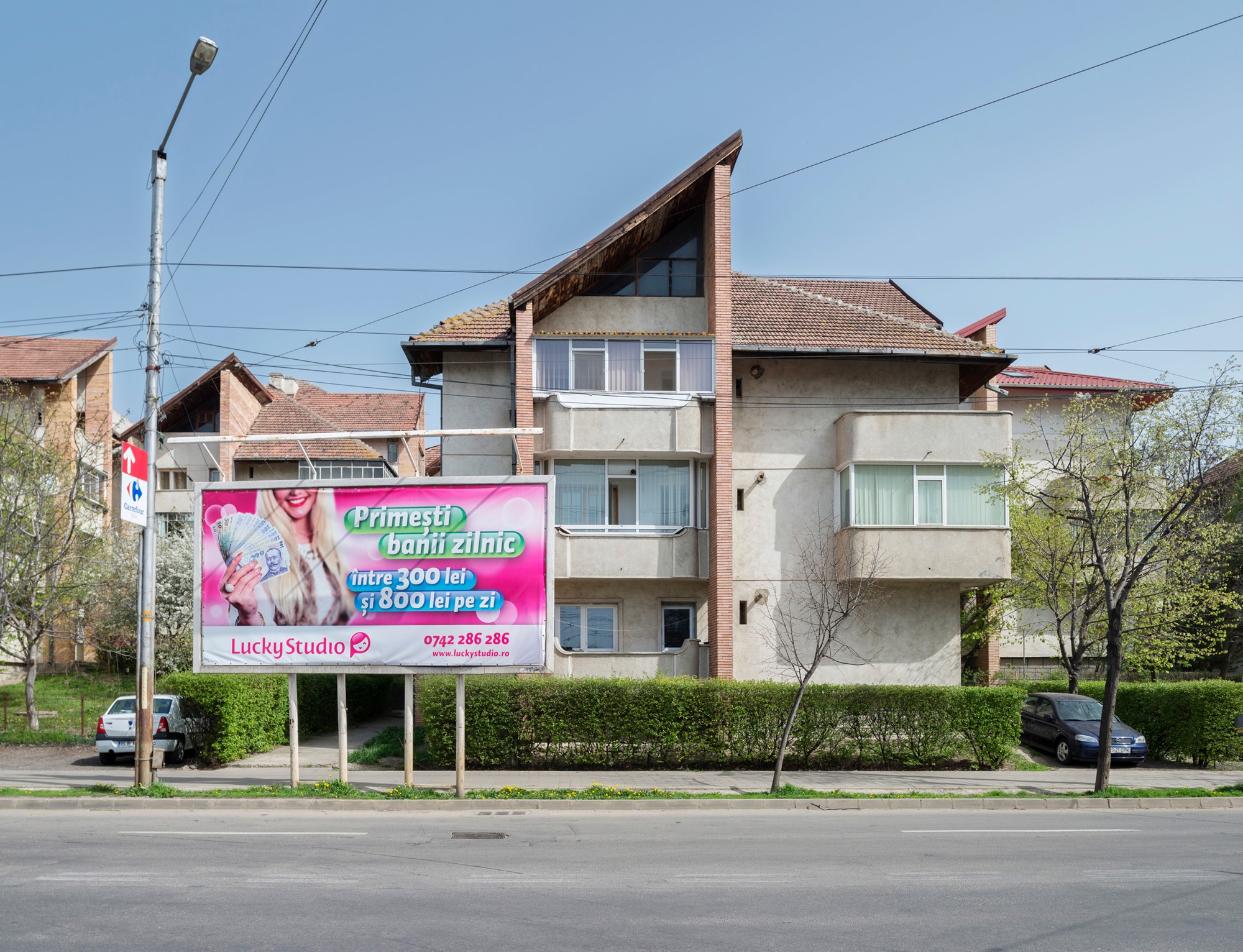How webcams revolutionised pornography and sex work
- Text by Miss Rosen
- Photography by Lindsay Dye, Photo by Noelle Duquette (header)

Life is driven by survival – not only of the self, but also of the collective whole. In nature’s quest to keep the species alive, the drive for sex constantly adapts and reinvents itself, forever pushing the boundaries of what is possible to stay ahead of the curve.
Invariably, sex drives more than just our physical needs. It also drives political power, economic gain and technological innovation: areas in which we have seen some of the greatest changes in the shortest amount of time with the advent of the internet. Digital culture has introduced new ways of creating intimate connections in the world.
“As soon as technology became available, people began using it in a way to create sexual content,” says Lissa Rivera, co-curator of the new exhibition, Cam Life: An Introduction to Webcam Culture. “People were trying to make 8-bit video games erotic but they’re just completely absurd, or trying to navigate the heteronormative exchange of male desire while experimenting with a text-based pickup game in 1981.”
Cam Life traces the technological revolution through exclusive interviews with internet pioneers and commissioned work by contemporary artists. It also documents how cam culture has changed the way we communicate; blurring the lines between private and public, and ushering in a new age of sex work.

Tanya Corrin, 2000, Photo by Jelle Wagenaar

Lorenzo Maccotta, Live Chat Studio Industry, Romania, 2016
“Cam models are able to transcend a lot of the limitations of the adult film industry where people have to fit into a certain genre and deal with a production company, director, or actors that you might not connect to,” Rivera explains. “Now you can be anywhere and work for yourself. If you’re not enjoying an interaction with a particular user you can block them.”
“Clients can explore the models they want to interact with outside of social expectations. The longstanding successful client and model relationships hear about their day to day life and have someone listen to them. Some people casually go online to direct a visual or interactive experience but the bulk of the business is driven by the ability to connect on a deeper level.”
By removing the industry from the equation, sex workers are in control, rather than forced to conform to a pre-existing market. “It has broken the stereotype of what genders traditionally want,” Rivera says. “It opens things up and empowers women, LGBTQ and gender non-conforming people as well as men who want to be the model.”
Cam Life also includes dynamic interactive installations, including an audience participation cam stage for anyone who wants to try their hand at a new hobby or career opportunity. “The broader public is going to catch up to it,” Rivera adds.
“It’s not very different than social media in terms of how people are monetising their daily life on IG as an influencer. Beyond the adult webcam, people are creating their own original content. I feel like it is the future.”

Beat ‘Em and Eat ‘Em, Mystique, 1982, Artari 2600 Game Cartridge

Vex Ashley, A Cyborg Manifesto (Video Still), Commission for the Museum of Sex, 2019

Lindsay Dye, Cake Money (Video Still), Commission for the Museum of Sex, 2019

Mickey Mod, BFE: Boy Friend Experience (Video Still), Commission for the Museum of Sex, 2019

Lorenzo Maccotta, Live Chat Studio Industry, Romania, 2016

Lorenzo Maccotta, Live Chat Studio Industry, Romania, 2016
Cam Life: An Introduction to Webcam Culture is on view at the Museum of Sex in New York through May 31, 2020.
Follow Miss Rosen on Twitter.
Enjoyed this article? Like Huck on Facebook or follow us on Twitter.
Latest on Huck

Plestia Alaqad: “Journalists should focus on humanising people”
Huck’s April interview — Having become one of the most crucial and followed voices from inside Gaza in the aftermath of October 7, the award-winning author and journalist is releasing a new memoir, ‘The Eyes of Gaza’, collating diary entries made over the past 18 months. We caught up with her to hear more about it.
Written by: Isaac Muk

The instrument makers taking DIY music to a whole new level
What does it take to construct a modular synth? How do you turn a block of wood into a double bass? Here, four craftspeople explain why they chose to rip up the rulebooks and build their own music-making machines.
Written by: Daniel Dylan Wray

Southbank Centre reveals new series dedicated to East and Southeast Asian arts
ESEA Encounters — Taking place between 17-20 July, there will be a live concert from YMO’s Haruomi Hosono, as well as discussions around Asian literature, stage productions, and a pop-up Japanese Yokimono summer market.
Written by: Zahra Onsori

In 1971, Pink Narcissus redefined queer eroticism
Camp classic — A new restoration of James Bidgood’s cult film is showing in US theatres this spring. We revisit its boundary pushing aesthetics, as well as its enduring legacy.
Written by: Miss Rosen

As amapiano goes global, where does it leave its roots?
Rainbow grooves — Over the past decade, the house music subgenre has exploded into a worldwide phenomenon. Jak Hutchcraft went to its birthplace of Mamelodi, South Africa, to explore its still-thriving local scene.
Written by: Jak Hutchcraft

Clubbing is good for your health, according to neuroscientists
We Become One — A new documentary explores the positive effects that dance music and shared musical experiences can have on the human brain.
Written by: Zahra Onsori